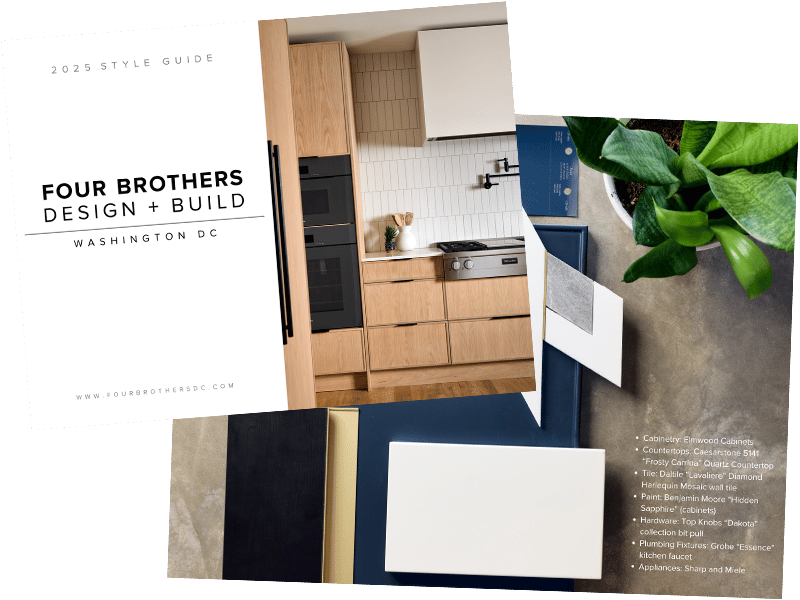Washington DC Foundation Contractors
The most important part of any house is the foundation, which at 753 was in dire need of attention. The existing foundation was a variation of the traditional “pier and beam” model. Typically, a pier and beam foundation incorporates spot concrete footings (dug into the ground below frost level), upon which concrete or wooden piers sit. These in turn hold up support beams, which carry the floor platform above. One major advantage of a pier and beam foundation system is the crawl space under the house, which allows easy access to electrical and plumbing lines. (Any homeowner who has had to jackhammer out a section of concrete slab to access a plumbing leak, would surely savor this benefit.) The crawl space also allows for the option of installing central heating and air duct work.
At753, the bottom floor joists span outside party walls (built on solid concrete footings), with two center support beams resting on brick piers. While the outside party walls were structurally sound, the center support beams in the back half of the house were rotten and the brick piers were crumbling. This is the area of the house where a water leak had rotted much of the structural wood, including all the floor joists.
After removing the rotten floor joists, support beams, and bricks from the outdated piers, we were ready to begin the process of restoring the foundation to structural acceptability. We began by building a wooden form on top of the brick ledge on the party walls in the back portion of the house (where the rotten floor joists had been removed). Into this form, we poured concrete (reinforced with rebar), creating a bond beam onto which we attached a pressured treated sill plate.
Next, we dug evenly spaced holes down the center of the building, approximately two feet by two feet, and 12 inches deep, where suitable bearing soil was reached. When the holes were finished, we built wooden forms with lumber scraps, and set them in the holes. Into these forms concrete was poured (reinforced with rebar), which made our footings. Size, frequency, and depth of footings is determined by an engineer, and reflected in the structural section of a contractors working blueprints. Usually, the engineer specifies footing depth as well, which should be below the frost line. At 753, footing depth was not an issue since the crawl space will be insulated to prevent freezing.
After the concrete footings cured (72 hours), we attached pressure treated support posts to the footings using metal post anchors. Once the support posts were leveled at the correct height, we set our 2x12triple support beam on the posts (tied together with metal straps),which, along with the bond beam will carry the floor structure. Two similar beams (resting on footings and support posts) were inserted in the front portion of the house to carry existing floor joists spanning over 30 feet.
Lastly, we dug down five feet around the exterior back wall and along the side dogleg, in order to parge and waterproof exterior foundation walls.
